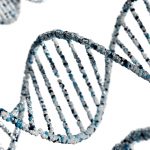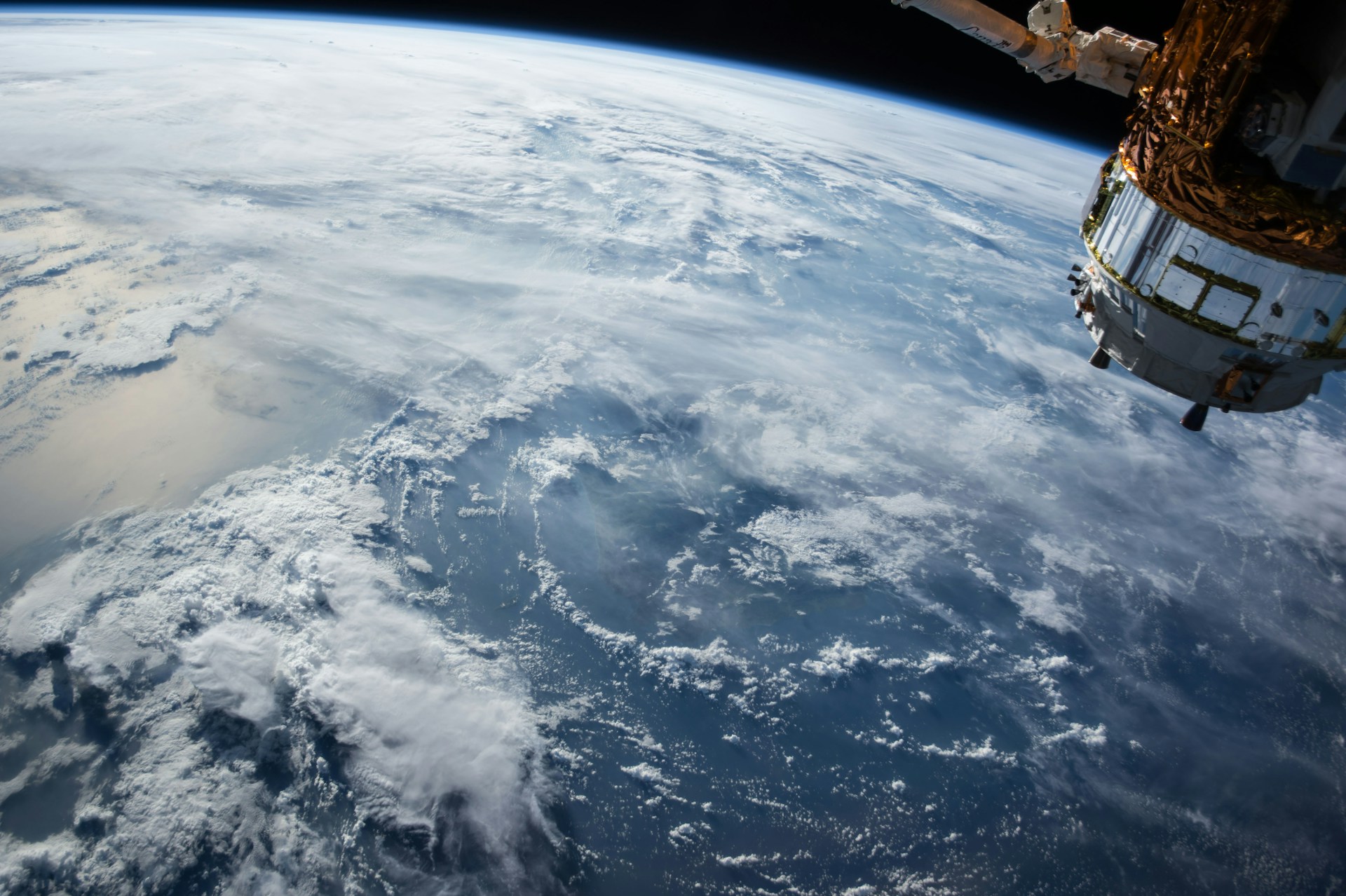After years of delays and numerous setbacks during test flights, Boeing’s Starliner spacecraft is finally set to make its crewed inaugural launch.
The mission is scheduled to lift off from Florida as soon as May 6, carrying NASA astronauts Suni Williams and Butch Wilmore to the International Space Station, marking what could be a long-awaited, historic triumph for Boeing’s beleaguered Starliner program.
“Design and development are tough, especially when it involves a human spacecraft,” said Mark Nappi, Vice President and program manager of Boeing’s Starliner project, this Thursday. “There were a number of surprises along the way that we had to overcome… The team has grown very, very strong. I am immensely proud of how they’ve tackled each issue we’ve encountered and gotten us to this point.”
Boeing and NASA officials made the decision to proceed with the launch attempt in less than two weeks, on Thursday. However, Ken Bowersox, NASA’s deputy associate administrator for Human Exploration and Operations, noted that May 6 “is not a magic date.”
If successful, Starliner will join SpaceX’s Crew Dragon in conducting regular trips to the space station, keeping the orbital outpost fully manned with NASA astronauts and those from partner space agencies.
The U.S. space agency has long awaited such a scenario, with both Crew Dragon and Starliner operating regularly. “We are making history,” said NASA Administrator Bill Nelson during a press briefing on March 22. “We are now in the golden age of space exploration.”
SpaceX and Boeing developed their respective vehicles under NASA’s Commercial Crew Program, a partnership with private industry contractors. From the start, the space agency intended for both companies to operate simultaneously. The Crew Dragon and Starliner spacecraft would each serve as a backup for the other, ensuring continuous flight options for astronauts, even if technical issues or other setbacks grounded one of the vessels.
However, NASA did not initially anticipate that SpaceX’s Crew Dragon would be the sole operator for nearly four years before Boeing’s Starliner conducted its first crewed test flight.
In the early days of the program, which awarded contracts to SpaceX and Boeing in 2014, NASA had favored Boeing—a long-time partner dating back to the mid-20th century—over SpaceX, which the federal agency viewed as a relatively young and untested newcomer.
Boeing, SpaceX, and NASA’s vision
As late as 2016, NASA was planning its schedule with the expectation that Starliner would reach the launch pad before Crew Dragon.
However, the race between Boeing and SpaceX took a definite turn in 2020. The year before, a test flight of the Starliner was riddled with errors, prompting NASA and Boeing officials to scramble to figure out what went wrong. The Starliner failed to dock with the space station on that mission due to software issues, including a problem with the spacecraft’s internal clock, which was off by 11 hours.
Meanwhile, SpaceX made history in May 2020 with the launch of its Demo-2 test flight, carrying astronauts Bob Behnken and Doug Hurley on a two-month mission to the International Space Station.
Since then, SpaceX’s Crew Dragon has been conducting routine trips, transporting NASA astronauts and even paying customers and tourists. To date, the spacecraft has completed 13 crewed missions in orbit.
 Temu Targets Germany’s Grocery Market: A New Competitor for Aldi, Lidl, and More
Temu Targets Germany’s Grocery Market: A New Competitor for Aldi, Lidl, and More  NFC Gets a Major Upgrade: New Standard Expands Range Fourfold
NFC Gets a Major Upgrade: New Standard Expands Range Fourfold  American Coastal Insurance Corp.: Focused on Residential and Commercial Insurance Solutions
American Coastal Insurance Corp.: Focused on Residential and Commercial Insurance Solutions  HUAWEI FIT 4 Pro: A Smartwatch That Delivers Without Breaking the Bank
HUAWEI FIT 4 Pro: A Smartwatch That Delivers Without Breaking the Bank  Direxion Daily S&P Biotech Bull 3X: A High-Octane Bet on the Biotech Sector
Direxion Daily S&P Biotech Bull 3X: A High-Octane Bet on the Biotech Sector  Nvidia’s Warp Python Framework for CUDA Now Open Source
Nvidia’s Warp Python Framework for CUDA Now Open Source  Biomea Fusion Advances Targeted Therapies for Cancer and Diabetes
Biomea Fusion Advances Targeted Therapies for Cancer and Diabetes  Crypto Expert Declares: “Ethereum as an Investment Is Completely Dead”
Crypto Expert Declares: “Ethereum as an Investment Is Completely Dead”  Roundhill Ball Metaverse ETF Tracks Global Companies Shaping the Future of Virtual Worlds
Roundhill Ball Metaverse ETF Tracks Global Companies Shaping the Future of Virtual Worlds 